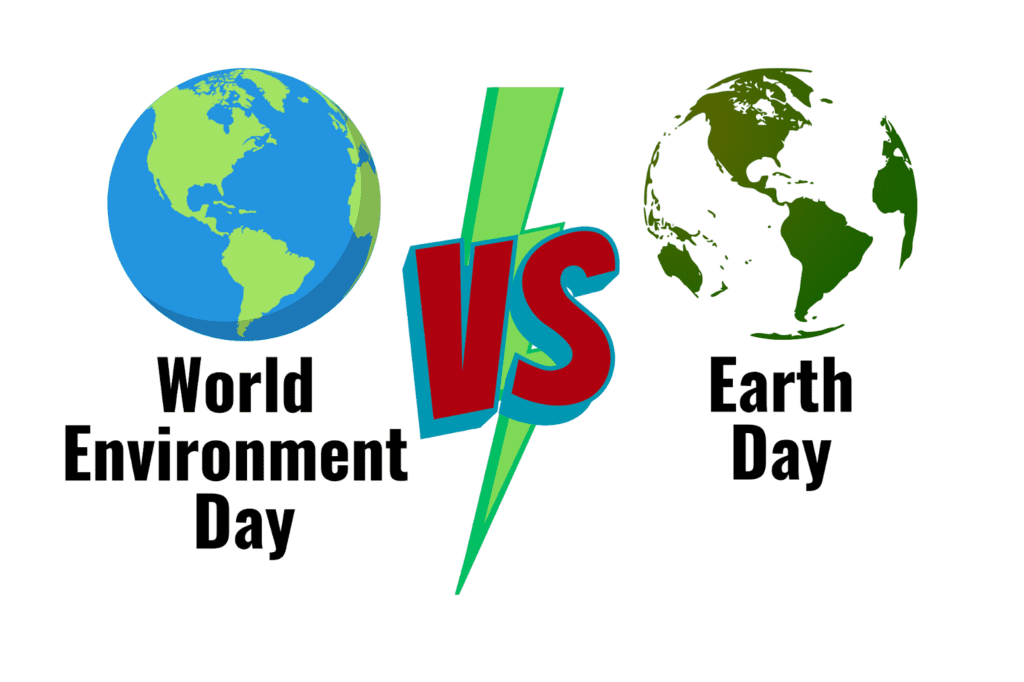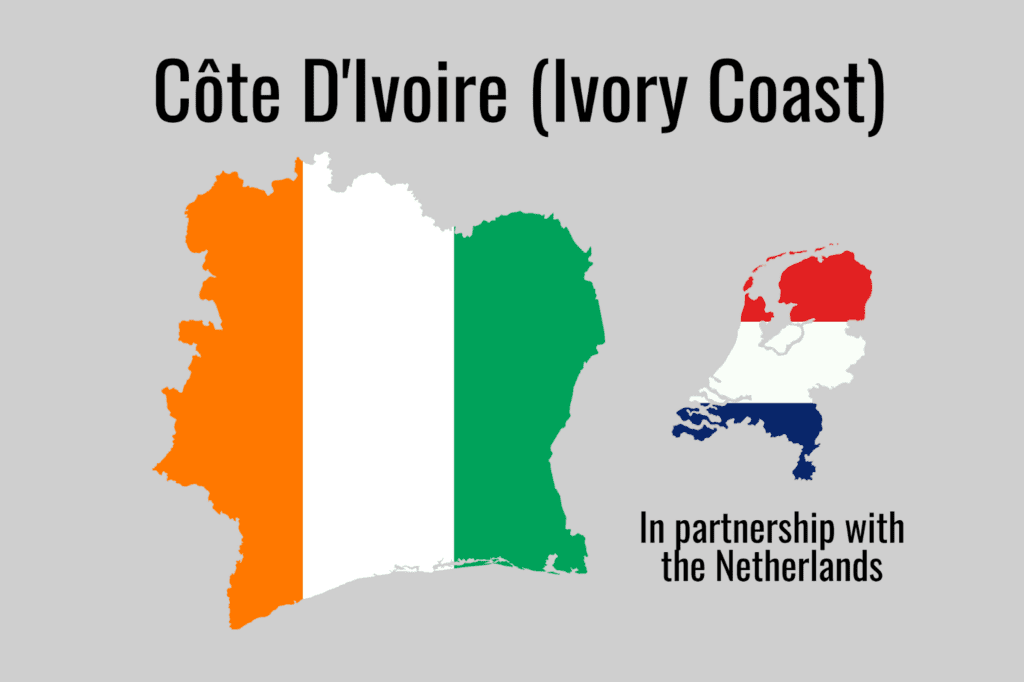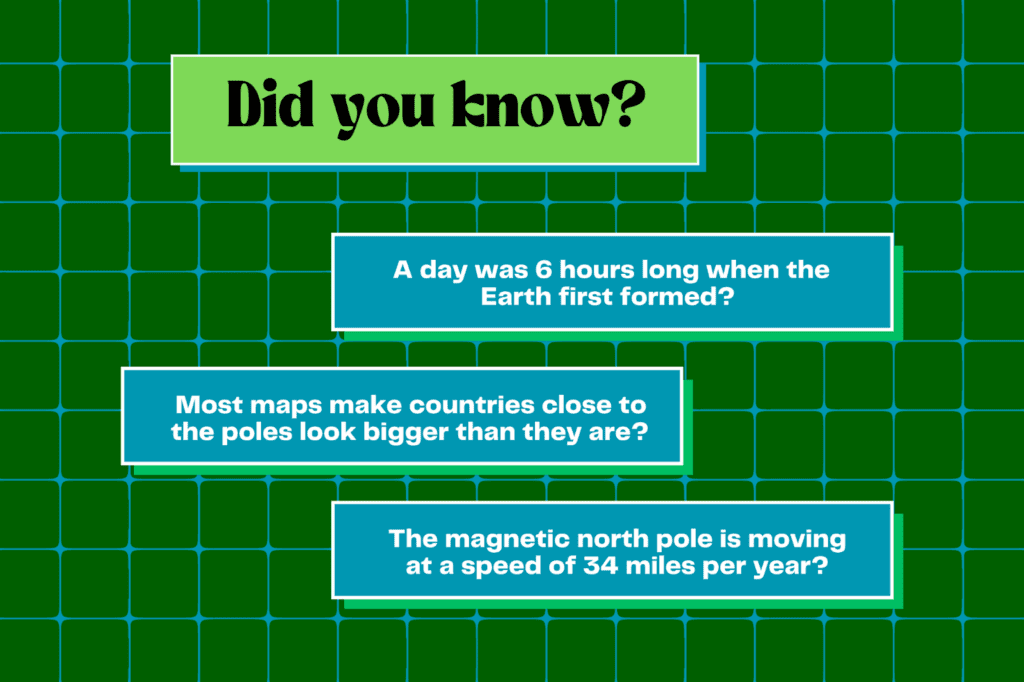June 5, 2023, marks the 50th annual World Environment Day. The United Nations Environment Programme (UNEP) created it in 1973 to celebrate environmental action and highlight pressing issues. Each year, the UN selects a host country for the international event, and this year’s host is Côte D’Ivoire (Ivory Coast).
If you’re confused about the difference between World Environment Day and Earth Day, want the details on this year’s theme and host country, or just want some cool facts about the planet, we’ve got you covered!
Not The Same Event

Earth Day and World Environment Day are like two siblings. Earth Day was created in 1970, and World Environment Day started in 1973.
The early Earth Day campaign originated in the U.S. as the country grew increasingly concerned with environmental deterioration.
This awareness led to the birth of the modern environmental movement, culminating in the creation of summits, groups, and, eventually, Earth Day! Therefore, it celebrates the modern movement while raising awareness and advocating for environmental protection.
World Environment Day doesn’t celebrate a historical date or movement: it engages people to restore and protect the planet. Its yearly themes change depending on current concerns, like 2020’s push for biodiversity or 2021’s discussion around ecosystem restoration.
Long story short: Earth Day honors the modern environmental movement and celebrates the planet. World Environment Day spotlights environmental issues, celebrates the Earth, and is hosted by the United Nations (unlike Earth Day).
The Host Country

Côte D’Ivoire, or Ivory Coast, is a sub-Saharan country in southern West Africa. It will host this year’s World Environment Day in partnership with the Netherlands. Home to beautiful rainforests and sprawling beaches, the country is also famous for producing some of the world’s best football (yeah yeah, soccer) players, like Didier Drogba, Yaya Toure, and Youssouf Fofana.
In 2014, Ivory Coast banned “sachet-type” plastic bags to reduce the amount of plastic in the garbage. Fittingly, this year’s theme revolves around plastic.
“The scourge of plastic pollution is a visible threat that impacts every community around the world,” said Jean-Luc Assi, Côte d’Ivoire’s minister for the environment and sustainable development. “As host of World Environment Day 2023, we welcome all sectors, from governments and businesses to civil society, to come together to find and champion solutions.”
This Year’s Theme
If you’re scrolling through Twitter on June 5, prepare for a barrage of #BeatPlasticPollution hashtags. According to the World Environment Day website, the 2023 event “will focus on solutions to plastic pollution under the campaign #BeatPlasticPollution.”
Plastic pollution is a fitting and relevant theme. One in three fish caught for human consumption contains plastic.
The average American consumes the plastic equivalent of eating a credit card every week, and less than 10% of all plastic is recycled. The good news is that a rising number of nations are passing stricter laws and regulations around plastic waste and recycling.
Three Facts About the Earth

Raising awareness about environmental issues like plastic pollution is vital and can lead to creating real, actionable solutions. Unfortunately, the harsh reality of these issues can make it hard to enjoy a celebration like World Environment Day. Luckily the Earth is a fascinating, beautiful, and inspiring place — but don’t take my word for it:
- The days are getting longer. When the planet was first formed, a day was about 6 hours long; 620 million years ago, a day was about 21.9 hours long. Now, we’re at 24 hours, but that length increases by 1.7 milliseconds every hundred years. Why? The moon is slowing the Earth’s rotation (rude!).
- Maps and globes are liars (sort of). When looking at a map or globe of the countries on Earth, you probably don’t realize that their sizes are largely inaccurate. Greenland looks equivalent in size to Africa on many maps, but it’s actually about 14 times smaller. This phenomenon is called the Mercator Projection, which distorts the size of countries and landmasses closer to either pole. If you’re curious to see this in action, visit the website thetruesize.com for an interactive map.
- The Magnetic North Pole is moving 34 miles per year. The first precise location of the Earth’s magnetic north pole was found in 1831. Since then, it has shifted 600 miles while increasing speed — from 10 to 34 miles per year in the past 190 years.
World Environment Day, also called World Eco Day, celebrates the Earth, raises awareness for environmental issues, and pushes people toward actionable solutions to protect our planet. Millions of people from across the globe come together to celebrate on June 5, so submit to peer pressure and join the celebration.





